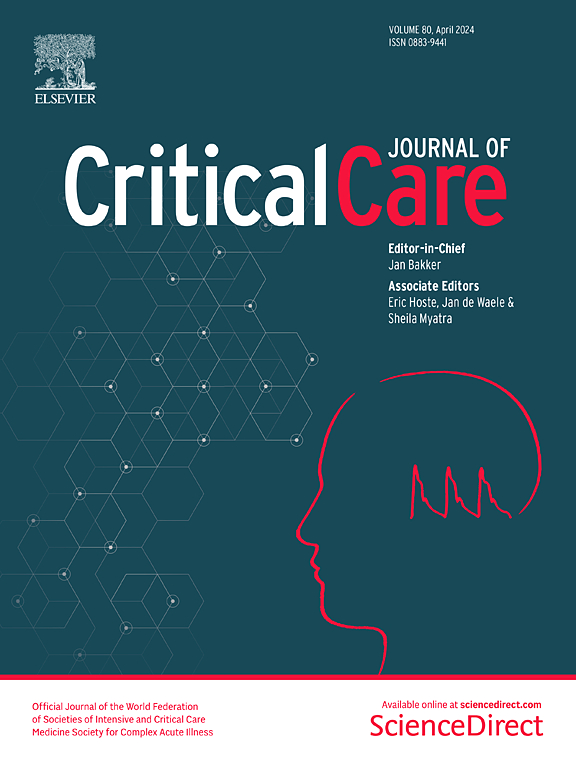Traditional Chinese medicine for sepsis: advancing from evidence to innovative drug discovery
IF 8.8
1区 医学
Q1 CRITICAL CARE MEDICINE
引用次数: 0
Abstract
The global health burden of sepsis is immense, characterized by significant loss of life and high healthcare costs. Traditional Chinese medicine (TCM), with its over two millennia of clinical practice in China, has gained attention as a potential adjunctive approach for sepsis. Here, we evaluated TCM applications in sepsis management, highlighting both potential benefits and methodological limitations of existing clinical evidence. Although various TCM preparations have been evaluated for sepsis treatment, the vast majority lack robust clinical evidence. Xuebijing Injection represents a rare example that has demonstrated efficacy in a large-scale, multicenter, randomized, double-blind, placebo-controlled trial. In contrast, the evidence supporting other preparations such as Shenfu and Shenmai Injections comes primarily from smaller, single-center studies with significant methodological limitations. There is a clear need for more high-quality, multicenter randomized controlled trials to rigorously evaluate these potentially beneficial but currently insufficiently validated TCM preparations. The pharmacological effects and underlying mechanisms of some bioactive compounds derived from TCM medications have been elucidated, shedding light on the potential of TCM-based anti-sepsis drug discovery. We underscore the importance of continued research to better integrate TCM with modern sepsis management, paving the way for the development of evidence-based TCM treatments for this challenging condition.中药治疗败血症:从证据到创新药物的发现
败血症的全球健康负担是巨大的,其特点是重大的生命损失和高昂的医疗费用。中医(TCM)在中国有着两千多年的临床实践,作为一种潜在的辅助治疗败血症的方法已经引起了人们的关注。在这里,我们评估了中医药在脓毒症治疗中的应用,强调了现有临床证据的潜在益处和方法学局限性。尽管各种中药制剂已被评估用于败血症治疗,但绝大多数缺乏有力的临床证据。血必净注射液是在大规模、多中心、随机、双盲、安慰剂对照试验中显示疗效的罕见例子。相比之下,支持参附和参麦注射液等其他制剂的证据主要来自规模较小的单中心研究,具有显著的方法学局限性。显然需要更多的高质量、多中心随机对照试验来严格评估这些潜在有益但目前尚未充分验证的中药制剂。中药中一些生物活性化合物的药理作用和潜在机制已被阐明,为中药抗脓毒症药物的开发提供了新的思路。我们强调继续研究以更好地将中医药与现代败血症管理相结合的重要性,为发展循证中医治疗这一具有挑战性的疾病铺平道路。
本文章由计算机程序翻译,如有差异,请以英文原文为准。
求助全文
约1分钟内获得全文
求助全文
来源期刊

Critical Care
医学-危重病医学
CiteScore
20.60
自引率
3.30%
发文量
348
审稿时长
1.5 months
期刊介绍:
Critical Care is an esteemed international medical journal that undergoes a rigorous peer-review process to maintain its high quality standards. Its primary objective is to enhance the healthcare services offered to critically ill patients. To achieve this, the journal focuses on gathering, exchanging, disseminating, and endorsing evidence-based information that is highly relevant to intensivists. By doing so, Critical Care seeks to provide a thorough and inclusive examination of the intensive care field.
 求助内容:
求助内容: 应助结果提醒方式:
应助结果提醒方式:


